Factors Affecting Self-discharge of Lithium Battery
Rechargeable batteries all have a self-discharge phenomenon. The voltage is relatively high and the self-discharge rate is relatively low, which is a selling point of lithium batteries. What is self-discharge? A battery with a certain amount of power initially is left open for a period of time under the specified environment, and a part of the power will be lost due to various reasons. The ability of a battery to retain as much power as possible without loss is the charge retention ability of the battery, and the ratio of remaining power to the original power is the self-discharge rate.1. Innate factors affecting self-discharge rateWhy does a battery placed in an open circuit lose its charge? The innate effects mainly come from the loss of electrochemical materials inside the battery and the internal short circuit of the cell. The loss of battery material is an irreversible reaction, which results in the loss of battery capacity. The loss is a reflection of capacity recovery performance; the loss of electricity caused by a short circuit consumes current electricity, and the capacity is not affected by this part of the reaction. The sum of the power loss (irreversible) caused by the capacity loss and the simple power loss (reversible) is the amount of self-discharge.
1.1 Side reactions of electrochemical materials
Material side reactions mainly occur in three parts, the positive electrode material, the negative electrode material, and the electrolyte. The positive electrode material is mainly various lithium compounds. It always reacts with the electrolyte in a slight amount. The environmental conditions and the reaction intensity are different. The positive electrode material reacts with the electrolyte to generate insoluble products, making the reaction irreversible. The positive material that participated in the reaction lost its original structure, and the battery lost its corresponding power and permanent capacity. The negative electrode material, the graphite negative electrode originally has the ability to react with the electrolyte. During the formation process, the reaction product SEI film adheres to the electrode surface, so that the electrode and the electrolyte stop the intense reaction. But through the defects of the SEI membrane, this reaction has been carried out in small amounts. The reaction between the electrolyte and the anode consumes lithium ions and the anode material in the electrolyte at the same time. While the reaction results in a loss of power, it also results in a loss of maximum battery capacity. Electrolyte, in addition to reacting with positive and negative electrodes, it also reacts with impurities in its own material and reacts with impurities in positive and negative materials. These reactions will generate irreversible products, reducing the total amount of lithium ions, which is also the largest battery. The reason for the loss of available capacity.
1.2 Internal short circuit
During the manufacturing process of the battery, it is unavoidable to mix in some dust impurities. The properties of these impurities are complex. Some impurities can cause the positive and negative electrodes to conduct slightly, which causes the charge to be neutralized and the power to be damaged. The dimensional deviation of the current collector and processing burrs may also turn on the positive and negative electrodes. In the early stage of battery life, it only shows a high self-discharge, and the longer the time, the more likely it is to cause large-scale short circuit of the positive and negative electrodes, which is an important cause of thermal runaway of the battery.
1.3 Diaphragm defects
The separator's original function is to isolate the positive and negative electrodes so that only lithium ions can pass and electrons cannot pass. If there is a problem with the quality of the diaphragm, the barrier cannot function properly. A small defect will also have a significant effect on the self-discharge rate.
2 Acquired factors affecting self-discharge rate
The self-discharge rate of the battery will be different in different use environments, application states, and life stages.
2.1 Temperature
The higher the ambient temperature, the higher the activity of the electrochemical material. The side reactions involving the positive materials, negative materials, and electrolytes mentioned in the previous summary will be more intense, causing more capacity loss in the same time period.
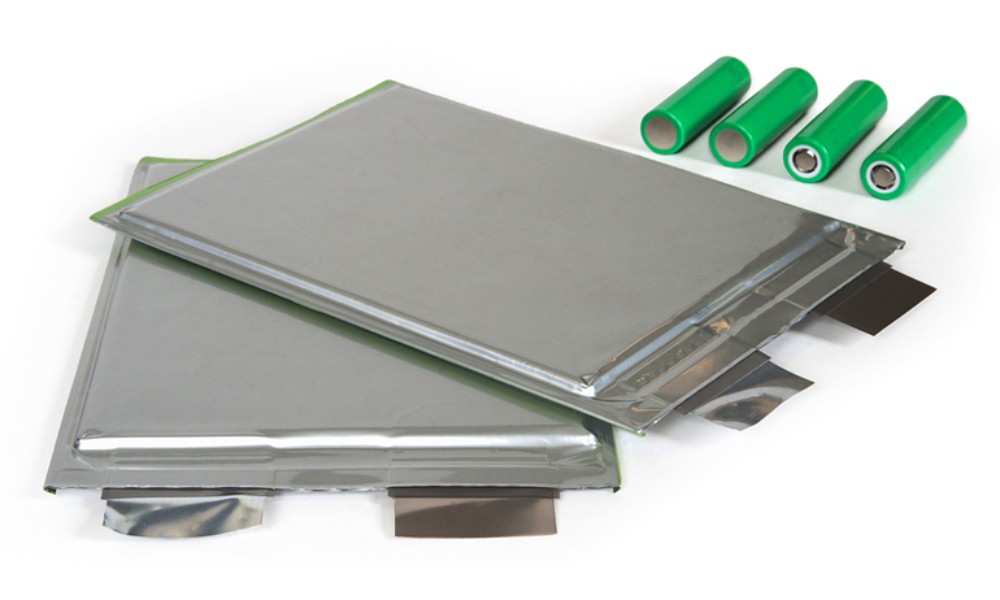
2.2 External short
The external short circuit of an open circuit battery is mainly affected by the degree of air pollution and air humidity. Regular battery self-discharge characteristics test experiments will strictly require laboratory environment and humidity range, which is why. High air humidity leads to increased conductivity. Air pollution mainly refers to the possibility that conductive particles are contained in pollutants, and the conductivity of air will increase accordingly.
2.3 Charge
Researchers specifically compared the effect of overcharge on the self-discharge rate. The overall trend is that the higher the charge, the higher the self-discharge rate. The most basic understanding is that the higher the charge, the higher the positive electrode potential and the lower the negative electrode potential. Thus, the stronger the positive electrode is, the stronger the negative electrode is, and the more intense the side reactions.
2.4 Time
Under the same loss of power and capacity, the longer the time, the more power and capacity are lost. However, the self-discharge performance is generally used as an index for comparison of different cells and will be more than the "self-discharge rate", which is the same prerequisite. At the same time, the comparison is made, so the role of time can only be said to affect the "self-discharge amount." ".
2.5 Aging of SEI film
With the continuous increase of battery recycling, the uniformity and compactness of the SEI film will change. The aging of the SEI film to protect the negative electrode gradually causes loopholes, which makes the contact between the negative electrode and the electrolyte more and more, and the side reactions increase. For the same reason, different quality SEI films also bring different self-discharge rates at the beginning of battery life. Therefore, the self-discharge rate as a characterization of the SEI film quality is often applied in production; and one of the means to improve the self-discharge rate is to add additives to improve the SEI film quality.
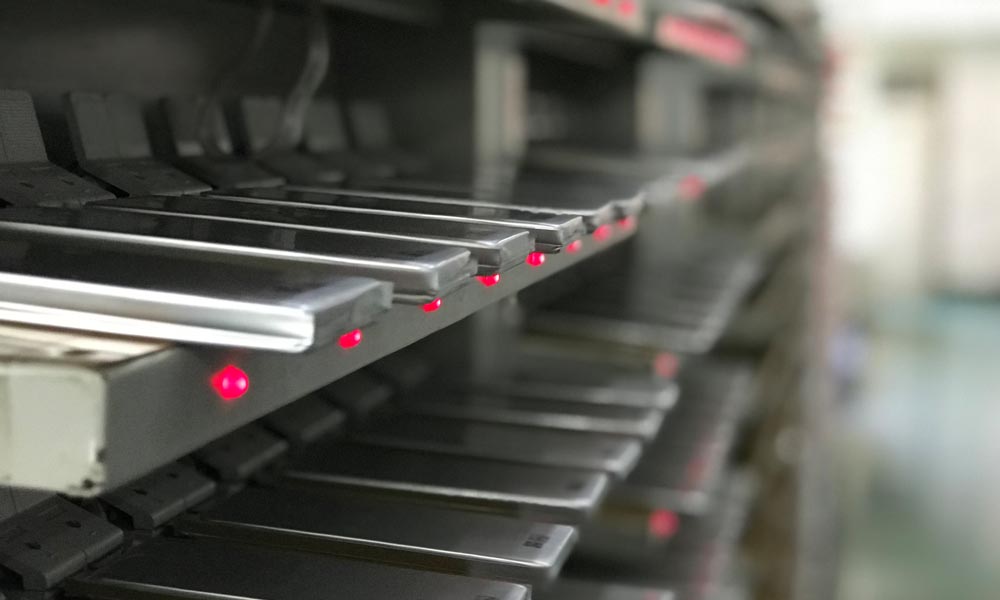
3 Test
3.1 Purpose of testing the self-discharge rate
The self-discharge rate test has multiple uses. One is to use the self-discharge rate of the battery as an indicator of battery quality inspection and use it in the national standard, compare the product levels of different manufacturers horizontally, and check the quality of the industry; The other is used for cell sorting and matching group. The consistency of battery cells is an important parameter for the quality of battery packs after grouping. People have studied various methods to group battery cells, and it is expected that the battery cells that are as consistent as possible are used in the same battery pack. The self-discharge rate is one of the commonly used indicators for static screening There is another method. As a method of product quality control, if the same batch of cells has a high self-discharge rate, it indicates that its own quality is defective and must be selected and disposed of separately. Finally, the self-discharge rate is used as an index to measure the aging degree of the battery cell and is used to evaluate the health status of the battery.
3.2 Test method
A common test method for the self-discharge rate is to measure the battery power before and after the stand-by according to the definition and obtain a ratio as the self-discharge rate. This method is time-consuming and costly and is often used on a few occasions, such as product certification testing and product sampling inspection. In the general production process, people will look for corresponding alternatives. Researchers have found that the battery has a lower state of charge, the curve of the open-circuit voltage and the amount of charge, the slope of the curve is relatively large at low power, the smaller the amount of power will produce a larger voltage drop. As shown in the figure below, the horizontal axis is the charge capacity and the vertical axis is the open-circuit voltage. It can be seen that the curve is very steep at the stage where the power is less than 10%. The level of the self-discharge rate observed under low power is verified by the self-discharge rate test performed in a defined manner, and the size relationship of the relative self-discharge rate remains the same. In cell sorting, factory quality control, and other scenarios where large-scale self-discharge rates need to be tested, this method shows its advantages. If you are interested in the battery, please don't hesitate to contact us at any time! Grepow Website: https://www.grepow.com/
Related Articles
-
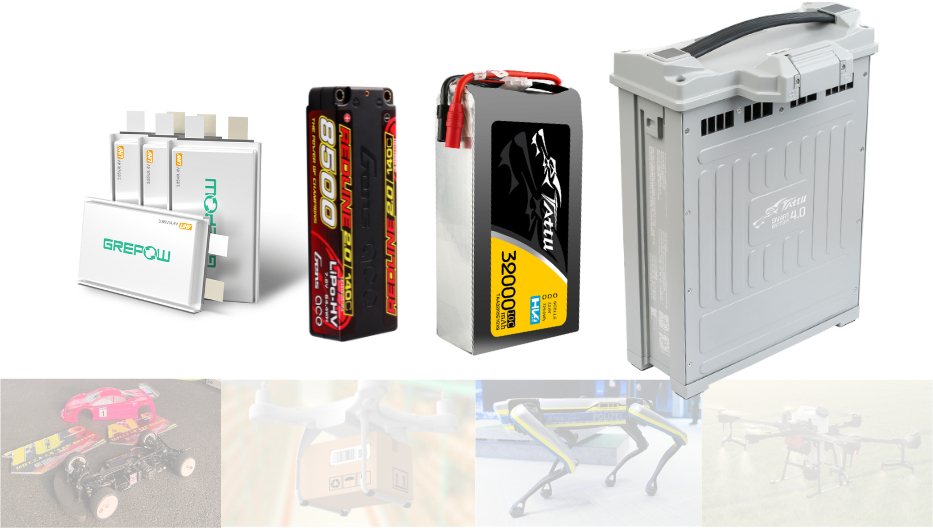
High Voltage Batteries: Basics & Applications Guide
2025-02-28 -
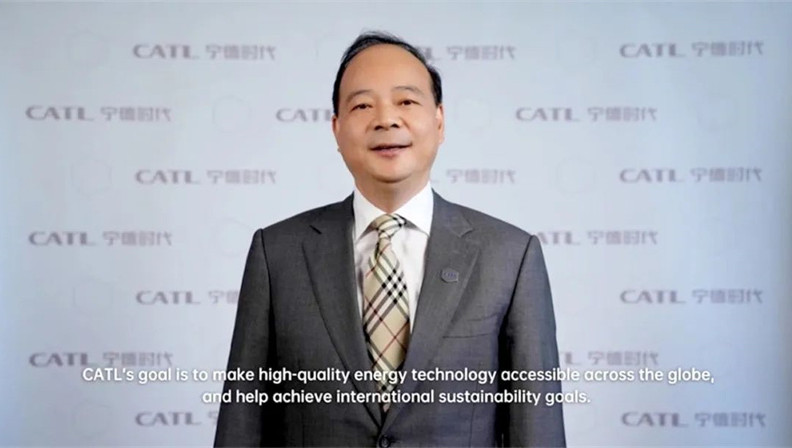
CATL Chairman Yuqun Zeng Awarded Nobel Prize for Sustainable Development Contributions
2023-11-10 -
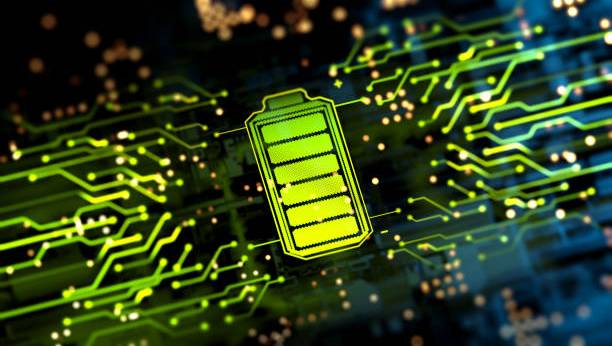
Resistance and Conductivity in Electric Batteries: A Simplified Explanation
2022-12-28
Related products
-
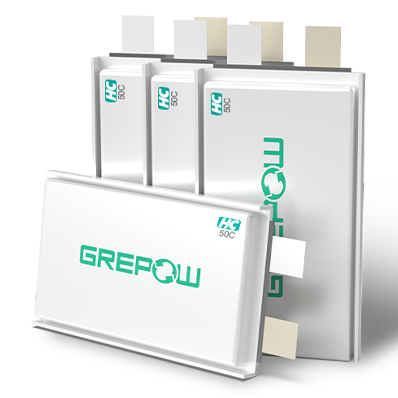
50C High Discharge Battery - High C Rate LiPo
-
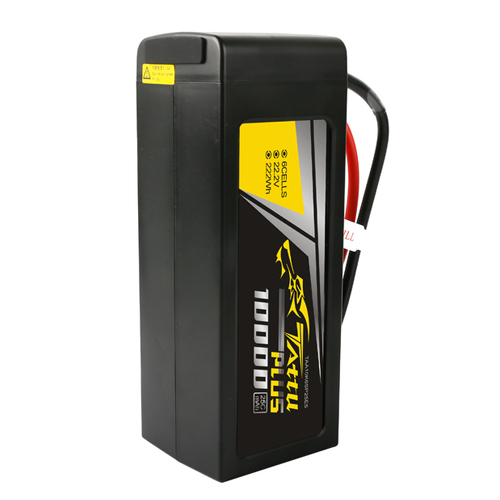
Tattu Plus 6S 10000mAh 22.2V 25C Lipo Smart Drone Battery
-
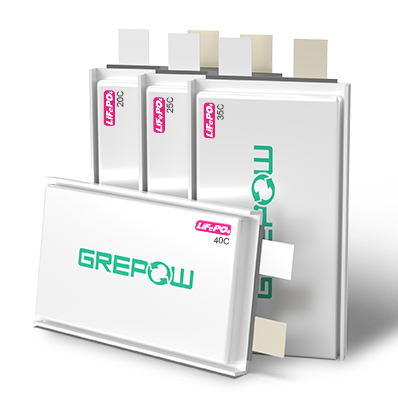
High C Rate LiFePO4 Battery
















































